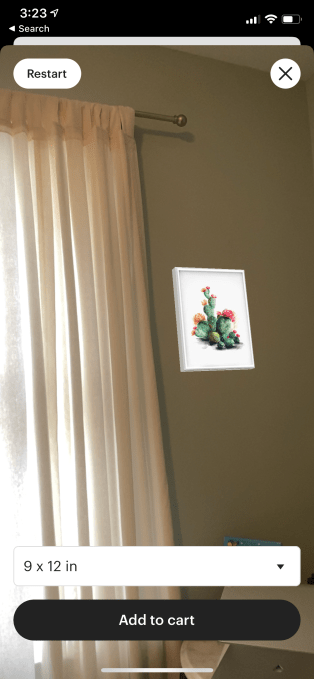Chris Sacca is a billionaire today, and he credits his success to having an “unfair advantage” 10 years ago when he first launched his fund.
He thinks women and people of color have that same unfair advantage today, which is why he and his wife, Crystal Sacca, have been investing in “dozens and dozens” of funds, including many led by new managers.
In fact, in an interview earlier today with Axios business editor Dan Primack as part of a virtual event hosted by CB Insights, Sacca suggested that others on the sideline jump in while “capital is still readily available” — and while other limited partners are focused on the issues of diversity that have been brought again to the fore over the last month.
It’s never going to be a walk in the park, Sacca noted. In fact, Sacca called his own experience with raising a first fund “heartbreaking” at times because of how personal the process is. Specifically, Sacca — who has a law degree from Georgetown University and spent four years at Google — said that while he was lucky to know a lot of rich people, asking for their financial help was sometimes deeply painful. “One guy who told me he’d be my anchor LP told me on the day of the fund’s close that there had been a snafu in his paperwork and that he couldn’t participate,” Sacca said. Others who he’d known for years began to ignore him. Meanwhile, every “no” felt like a slight. “When someone says no to your company, you can brush that off; they don’t like or understand your product, whatever. When someone says no to you, that hurts.”
That Sacca eventually got his fund off the ground owes to “generous” friends who did get behind him, along with “an irrational belief in myself,” he said. But he also maintains that he had unfair advantages at the time, including the ability to write very small checks before other seed-stage firms mushroomed around him, and ties to founders he was meeting at networking events and at cocktail parties.
“Once I got married and had kids and stuff, I was out of that flow,” he said, explaining why he is now an investor in other VCs’ funds instead. But he also said that he is particularly keen on backing people of color and women because they have both networks and an understanding about particular products that many established VCs of the white, male variety do not.
He singled out Base Ventures, a Berkeley, Calif., venture firm led by former investment banker Erik Moore, saying it has already “paid back multiples on their fund.” He also noted that he missed an exit with Bevel, a grooming company focused on people of color, because “as a white guy who doesn’t shave, I didn’t get it.” (Bevel was acquired in late 2018 by Proctor &. Gamble.)
Said Sacca, when you “cut through barriers that have prevented women and other underrepresented groups from telling their stories, you find exceedingly talented, ambitious, driven people who, given the chance to succeed, are kicking ass.”
It’s why Sacca is “putting millions and millions of dollars where my mouth is,” he said.
Before their conversation ended, Primack asked whether Sacca thinks the venture industry would be better off with more, newer fund managers, or whether more established funds should be working harder to bring up women and investors of color into their GP ranks.
Primack noted that there might be just “two or three” black women who are partners at mainstream funds, one of whom is Mercedes Bent, who was hired into Lightspeed Venture Partners last year and another being Ulili Onovakpuri, who has been with Kapor Capital for the better part of five years.
Sacca said he doesn’t think there can be “just one approach.” He believes that bigger firms can provide a lot of mentorship to rising VCs, as well as startup founders. At the same time, he added, the door for underrepresented investors is right now open thanks to industry’s recent awakening, “and I think people should be taking it.”
VCs have to have “some kind of unfair advantage,” and underrepresented groups in particular do, he reiterated.

Source: Tech Crunch




